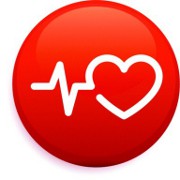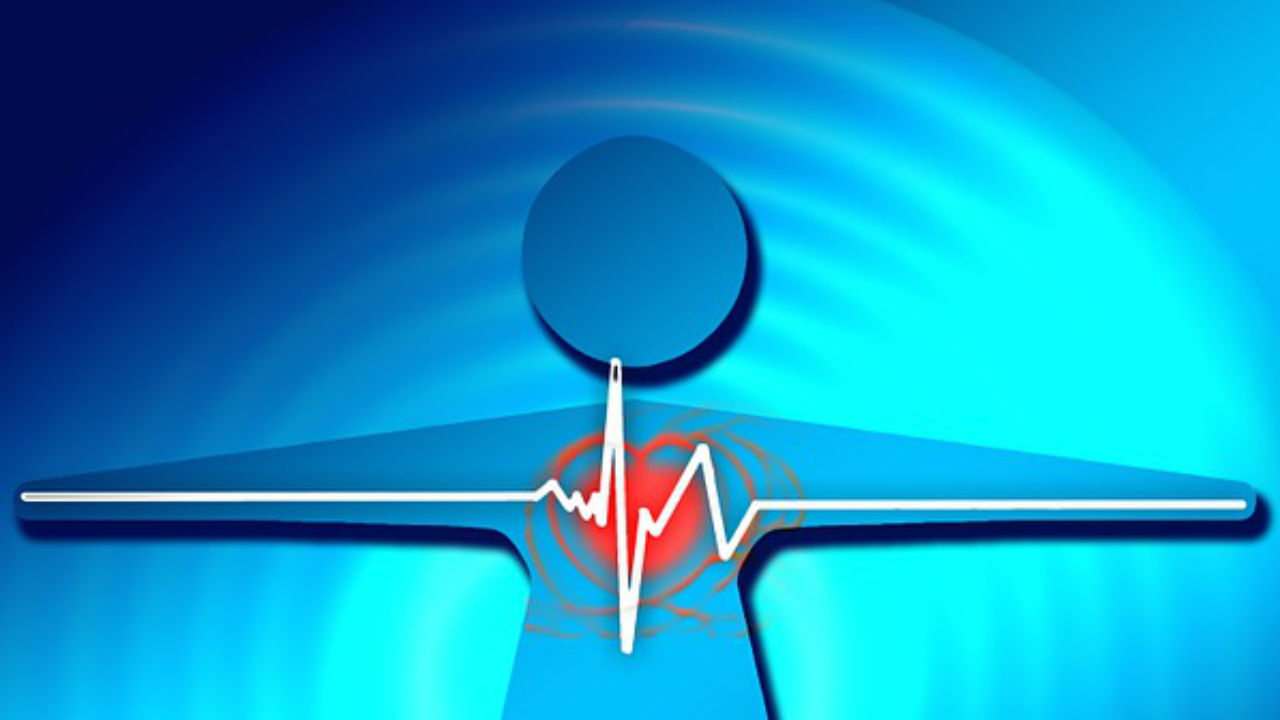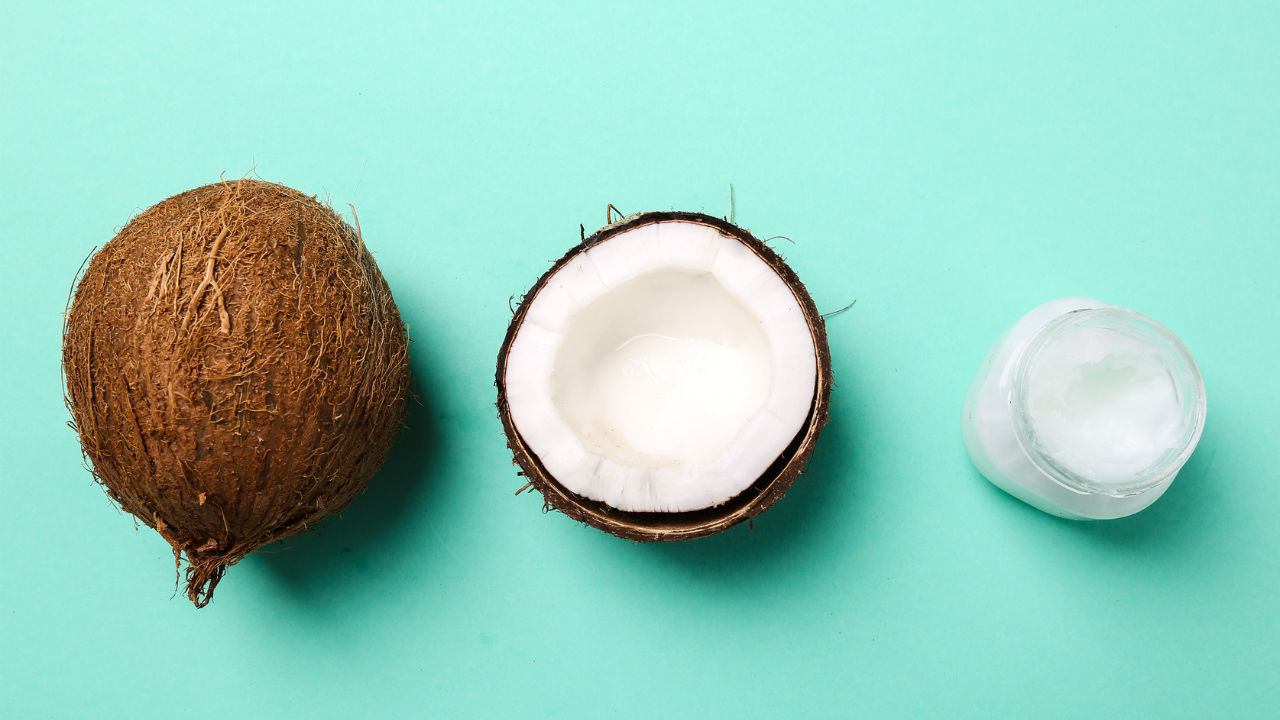 iStockphoto/Thinkstock
iStockphoto/Thinkstock
According to the National Library of Medicine (NLM), ʺcardiac tamponade is compression of the heart that occurs when blood or fluid builds up in the space between the myocardium (heart muscle) and the pericardium (outer covering sac of the heart).ʺ
Cardiac tamponade is also known as pericardial tamponade or tamponade. The University of Maryland Medical Center (UMMC) website stated ʺcardiac tamponade occurs in approximately 2 out of 10,000 people.ʺ
This condition is life-threatening and if you have any of the symptoms, contact your doctor or 911 immediately. This condition can result in death.
When there is a build-up of unnecessary fluid or blood around the outer covering sac of the heart (pericardium) this build-up does not allow the ventricles to expand completely. This “extra pressure” prevents the heart from operating at its normal function.
According to the National Library of Medicine and UMMC, symptoms of cardiac tamponade include:
• Chest pain --
o Radiating to the neck, shoulder, back, or abdomen
o Sharp, stabbing
o Worsened by deep breathing or coughing
• Heart palpitations
• Dizziness
• Fainting, light-headedness
• Pale, gray, or blue skin
• Anxiety
• Restlessness
• Trouble breathing
• Rapid breathing
• Weak or absent pulse
• Low blood pressure
• Swelling of the abdomen or other areas
• Discomfort, sometimes relieved by sitting upright or leaning forward
• Drowsiness
Cardiac tamponade may occur due to variety of reasons. According to the NLM and UMMC, the following may be cause to cardiac tamponade:
• Heart surgery
• Wounds to the heart
• Radiation therapy to the chest
• Recent invasive heart procedures
• Recent open heart surgery
• Heart tumors
• Placement of central lines
• Systemic lupus erythematosus
• Dissecting aortic aneurysm (thoracic)
• Kidney failure
• Pericarditis caused by bacterial or viral infections
• End-stage lung cancer
• Hypothyroidism
• Heart attack (acute MI)
Treatment for cardiac tamponade may include pericardiocentesis, pericardial window or surgical pericardiectomy. These procedures remove the excess fluid around the heart.
In the case of the pericardiocentesis, the UMMC website stated ʺthis procedure uses a needle to remove fluid from the pericardial sac, the tissue that surrounds the heart.ʺ
The UMMC website also revealed that before the procedure, ʺfluids are given to maintain normal blood pressure until pericardiocentesis can be performed. Medications that increase blood pressure may also help sustain the patient's life until the fluid is drained. The patient may be given oxygen. This reduces the workload on the heart by decreasing tissue demands for blood flow.ʺ
Also, your doctor may conduct an EKG (echocardiogram), ECG, coronary angiography, chest CT or MRI of chest, and/or chest x-ray to identify and treat cardiac tamponade.
References:
Cardiac tamponade. University of Maryland Medical Center | Home. Retrieved February 28, 2012, from
http://www.umm.edu/ency/article/000194all.htm
Cardiac tamponade: MedlinePlus Medical Encyclopedia. National Library of Medicine - National Institutes of Health. Retrieved February 28, 2012, from http://www.nlm.nih.gov/medlineplus/ency/article/000194.htm
Reviewed February 28, 2012
by Michele Blacksberg RN
Edited by Jody Smith





Add a CommentComments
There are no comments yet. Be the first one and get the conversation started!